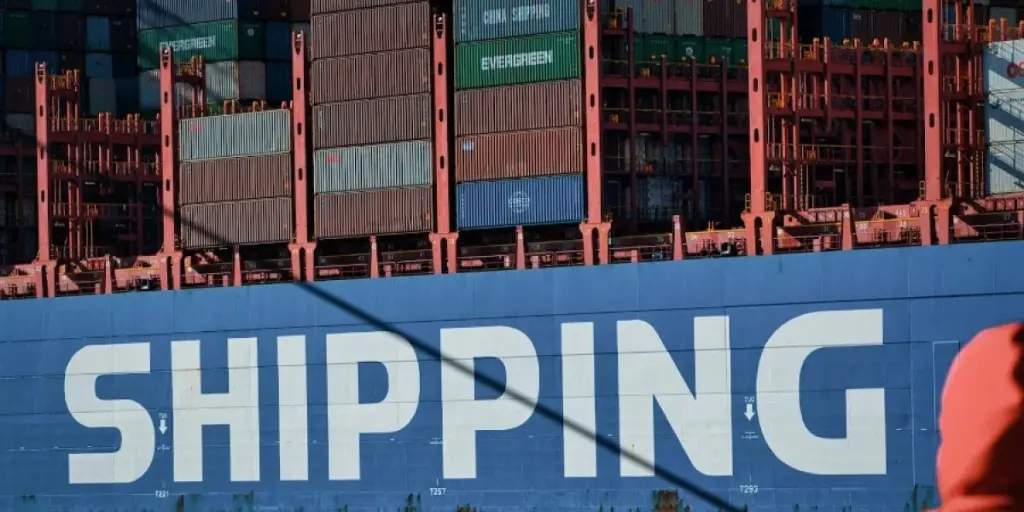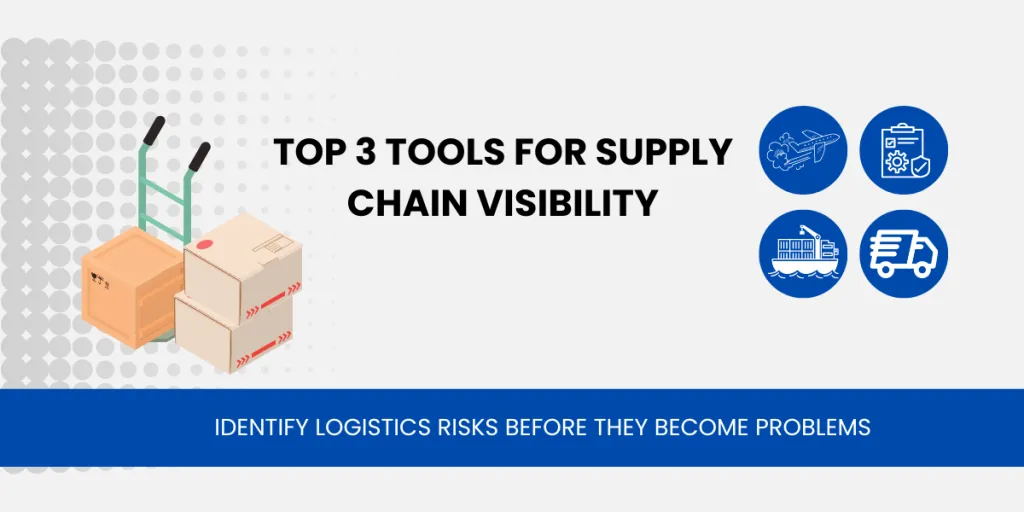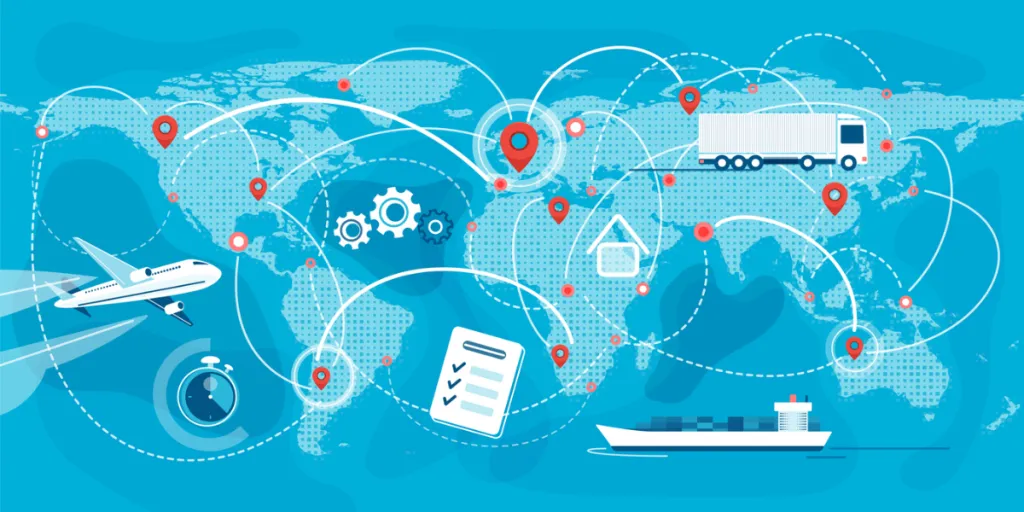International trade is a massive part of the world economy, and it’s only growing. In 2021 alone, the total value of global trade was $28.5 trillion—a record high. And as international trade grows, so do the challenges involved in making sure that both parties in a transaction understand their responsibilities and liabilities.
To make matters more complicated, there’s no single set of rules or standards for how to conduct international trade—everyone has their way of doing things.
That’s where incoterms come in! They are a universal set of rules and guidelines, developed by the International Chamber of Commerce (ICC) to help all parties involved in an overseas shipment understand their rights, risks, and obligations.
These internationally recognized trade terms help importers and exporters understand exactly where their responsibilities lie at any given time during the shipping process. For businesses who move goods across international borders regularly, understanding the various incoterms can make or break their deals.
One term that’s often misunderstood by businesses is “Carriage Paid To” (CPT), which refers to a type of delivery method in which the seller or exporter pays for all transportation costs until the goods are delivered to a named place of destination, not necessarily their final destination.
Sounds confusing? No need to worry! This blog post will shed some light on the shipping terms of CPT, its advantages and disadvantages, and when it’s beneficial to use it for exporters and importers.
Table of Contents
What is Carriage Paid To (CPT)?
What does Carriage Paid To (CPT) mean in shipping terms?
Benefits of the Carriage Paid To incoterm
Drawbacks of the Carriage Paid To incoterm
Other incoterms you need to know about
What is Carriage Paid To (CPT)?
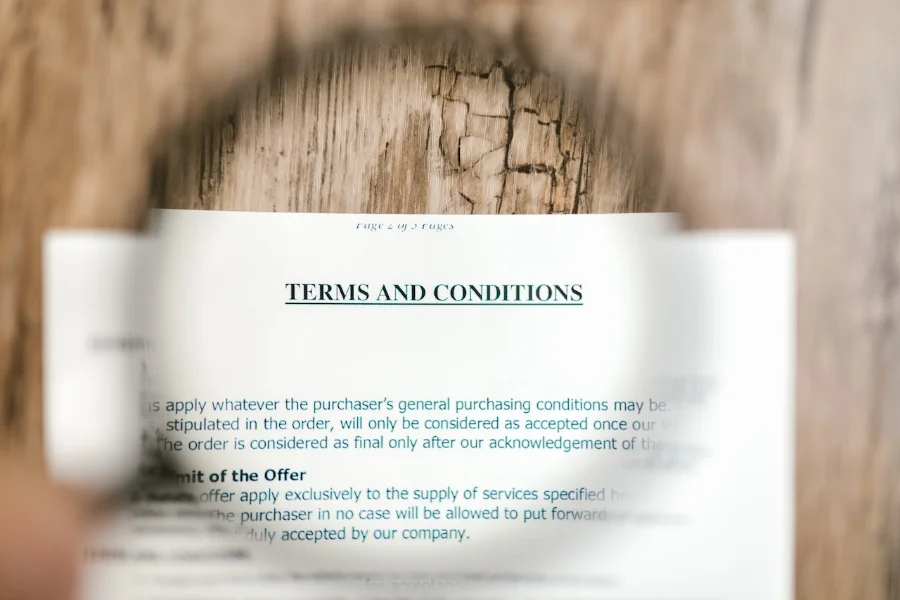
Carriage Paid To (CPT), is one of the 11 international commercial terms for shipping goods globally. It’s a delivery term that means the seller delivers the goods at their expense to a carrier or another person nominated by the importer.
The seller or exporter must bring goods from their point of origin to the buyer’s named place of destination, and bear responsibility for the goods until they are safely in possession of the first carrier. If something goes wrong during transit to the first carrier, such as damage or loss of goods, the responsibility lies with the seller.
What does Carriage Paid To (CPT) mean in shipping terms?
The above definition is too simplistic to describe the full scope of responsibility sellers have, and where buyers begin assuming risk.
To fully understand what “Carriage Paid To” is, this section will walk through what CPT means in shipping terms—including who pays for the carriage of goods, when risk transfers to the buyer, who pays for shipment insurance, and how the point of delivery is decided.
Who pays for the carriage of the goods?
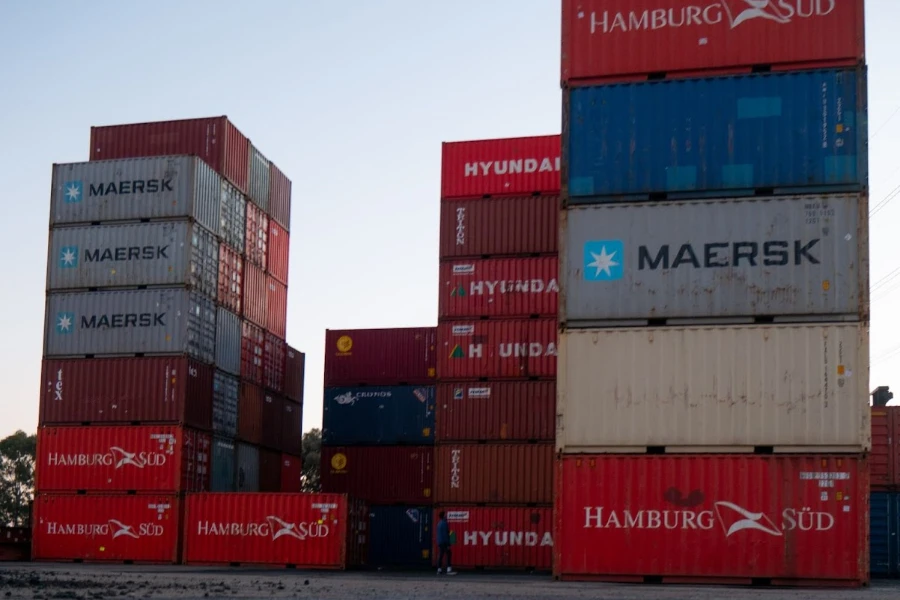
In shipping terms, Carriage Paid To (CPT) means that the seller or exporter is responsible for paying any costs associated with transporting the goods from their point of origin to their named place of destination.
These costs include any export fees required by Customs authorities in the country of origin. But what if the named place of destination is different from the final destination? In that case, the buyer must pay for any additional transportation costs.
To fully understand the aforementioned statement, let’s imagine that ABC Inc., based in New York, is shipping goods to XYZ Ltd., a Japanese company based in Hiroshima.
Suppose the CPT incoterm specifies “Hiroshima Port, Mihara” as the named place of destination. In that case, the seller will be responsible for the transportation costs until the goods reach the port.
The seller can opt for any mode of transport that is cost-effective, such as ocean or air freight. For instance, the seller may choose an international ocean carrier to transport the goods directly from the port of New York to Hiroshima.
Upon arrival at the port of Hiroshima, the transportation responsibility will shift to XYZ Ltd. It is the buyer’s responsibility to arrange for the transportation of goods from the port to their final destination.
When does the risk transfer to the buyer?

Let’s look at our previous example to better understand the potential risks involved. Once goods were handed by the seller over to the ocean carrier at New York port—also known as the first carrier—the seller was no longer responsible for bearing the risk (of loss, etc.).
From that point forward, the importer or buyer is accountable for the cargo throughout the remainder of its journey to the final destination. This is why it’s important for exporters and importers to agree on which carriers will be used for each leg of a shipment, as well as what type of transport (air freight, sea freight, etc.) should be used.
Who pays for shipment insurance?

The seller is responsible only for arranging freight transportation to the point of delivery, not the insurance of the goods themselves during transport to their final destination.
In other words, once goods arrive at the first carrier—be it a trucking company or an ocean carrier—the buyer assumes all risk from then on. The seller’s responsibility ends there.
The importer assumes the risk from that point forward; therefore it will be wise to arrange for insurance if they wish to protect themselves against losses due to damage or theft during transport.
How is the point of delivery decided?
When it comes to the CPT incoterm, the point of delivery is often determined by a mutual agreement between the importer and the exporter. However, it is ultimately up to the seller to choose their preferred method of transportation.
Generally speaking, CPT means that the seller bears the responsibility of carriage costs until the goods reach their named place of destination; at which point the responsibility for further transportation passes over to the buyer until the goods arrive at their final location.
Benefits of the Carriage Paid To incoterm
When a company’s business model involves importing and exporting goods, they are dependent on getting those goods into the right place at the right time.
But what happens if something goes wrong? If a shipment is delayed due to shipping conditions, weather, or other factors outside of their control, how much will it cost the company? What if they have to pay overtime fees or hire additional staff to handle the extra workload? These are all things that can be avoided with proper planning and understanding of the shipping incoterms.
Carriage Paid To (CPT) incoterm is a practical choice for both parties in a global trade transaction—It’s advantageous for buyers because it allows them to minimize their transportation costs, and it’s a manageable arrangement for sellers because they can set the terms of delivery.
Let’s take a look at some of the benefits of this incoterm and how it provides a way for both importers and exporters to get the most out of their shipments.
Reduced transportation costs for the buyer
With the “Carriage Paid To” incoterm, sellers pay for the transportation costs from the origin location to the point of delivery.
This means that instead of paying for multiple shipment and handling fees, importers will only pay one fee that covers the transportation of their goods from the named place of delivery to the final location.
No more paperwork for the buyer

While a lot of work goes into shipping goods, there’s one thing that never changes: the paperwork. It can be a huge headache to get all of the documents that buyers need to import goods from overseas.
The seller would handle all legal aspects of exporting goods from the country of origin, including customs duties and export fees. That way, the buyer won’t have to worry about getting bogged down in unnecessary paperwork—they can just focus on what matters most: running their business.
More revenues for the seller

While CPT may be a little pricy for sellers, there are also benefits for them. Because the seller is responsible for all shipping fees until the merchandise reaches the named place of destination, this reduces freight costs for buyers, making them more likely to source products as they know they’re not going to be on the hook for any additional costs.
Moreover, sellers can choose whether or not to accept an offer based on various factors: price, quantity, delivery time, product specifications, and quality assurance requirements. In other words, exporters can accurately estimate their shipping risks and ensure that these risks are mitigated by the price they charge for their goods.
Drawbacks of the Carriage Paid To incoterm
Like all good things, there are always two sides to every coin. And while the Carriage Paid To (CPT) incoterm can be a great way to manage and transfer the risks associated with shipping goods across international borders, it also has a few drawbacks that buyers and sellers should be aware of.
Increased delivery costs for the seller
When goods are shipped under CPT, the seller is responsible for transporting them from their origin point to the named place of destination—and that means paying any necessary transportation fees.
The seller will also have to pay any additional costs related to customs clearance or other regulatory processes at the country of origin. When trading internationally, these costs can add up quickly!
Buyer responsible for carriage insurance
While the seller is responsible for the goods until they reach a named place of destination, this doesn’t mean that the buyer is off the hook!
The buyer is still liable for the goods on their journey to the final destination. Things get even riskier when using multimodal transport, where different modes of transportation are used at various points in the transit journey.
For example, let’s say that a seller ships the products by ocean freight services to reach the named place of destination, and then the goods are handed off to an airfreight carrier before arriving at their final destination. Under the CPT incoterm, the buyer’s duty of care begins when the first carrier takes possession of the goods. From that point on, it is up to the buyer to insure their cargo.
Buyer responsible for transit clearance

When it comes to CPT, the buyer is responsible for paying all costs related to the transit clearance of goods in their country. This means that importers will need to arrange for customs clearance, as well as any necessary formalities before the goods arrive at their final destination.
For example, if a car manufacturer imports iron ore from China via airfreight to the United States, they will be responsible for arranging customs clearance and any necessary paperwork such as import licenses or certificates. They must also pay any special tariffs (e,g. China tariffs) on imported goods if they are subject to tariff actions enforced by U.S. Customs and Border Protection.
Other incoterms you need to know about
Now that businesses know the pros and cons of the CPT incoterm, they can make more informed decisions about their shipping needs, and know exactly what kind of expenses they will incur before they even begin their logistics process. There are ten other incoterms that importers should know about, and they are all explained in this guide.

Looking for a logistics solution with competitive pricing, full visibility, and readily accessible customer support? Check out the Alibaba.com Logistics Marketplace today.
